The cool and unique Android-powered Zeiss ZX1 full-frame camera goes out not with a bang, but a whimper
posted Wednesday, February 15, 2023 at 3:15 PM EDT
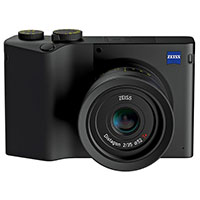
According to PetaPixel and Sony Alpha Rumors, the fascinating Zeiss ZX1 camera has been discontinued.
We first wrote about the ZX1 way back in September of 2018, with a full preview of the fixed-lens full-frame mirrorless camera. At that time, we expected the ZX1 to hit store shelves the following year. We even saw the camera at the CP+ tradeshow in Japan the following February. However, it was in October 2020, more than two years after being announced, that the Zeiss ZX1 was finally available to order at an eye-watering price of $6,000.
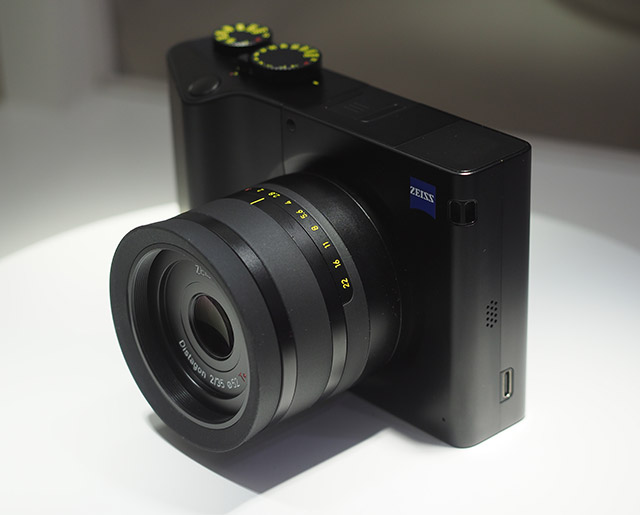
Over at B&H, the only ZX1 you can order is used, and the camera is listed as discontinued. Adorama says that the ZX1 is "no longer available." While Zeiss hasn't officially said that the ZX1 is no more, it seems clear that the camera is gone. It's an unceremonious end for the ZX1. While the $6,000 price tag was prohibitive for most photographers, the ZX1 is still gone too soon.
Let's look at some of the camera's interesting and unique features. For starters, it's sleek and stylish. It's a camera I'd be proud to carry around. It also sports some exciting technology that was ahead of its time, including an EVF with 6.22M dots, eclipsing a fair few full-frame cameras still, and a massive 4.34-inch multitouch display.
The large display, which dominates the camera's rear, belies one of the ZX1's most intriguing tricks, an Android-based operating system complete with built-in Adobe Lightroom CC. The built-in software lets you view your raw DNG images on the ZX1 itself, including a raw histogram. That's cool! You can store and edit raw images right on the ZX1, too. It includes a built-in 512GB SSD, a welcome feature that still isn't offered with many cameras, save for the recent Hasselblad X2D 100C.
While much of the ZX1's user experience takes place via the multitouch display, the camera sports some physical dials on its top deck, including dedicated shutter speed and ISO dials. Even so, the ZX1 employs an unusual design.
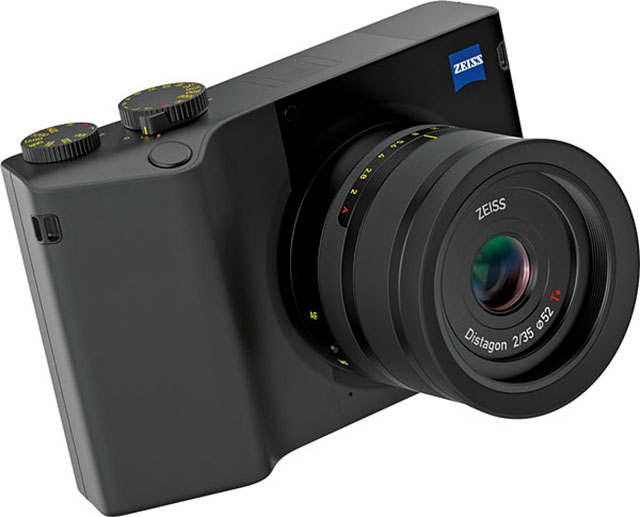
The ZX1 is a fixed-lens camera in the spirit of the Sony RX1R Mark II. Like the Sony camera, the ZX1 also has a built-in 35mm F2 lens, and of course, the Zeiss camera uses a Zeiss lens. Interestingly, although perhaps not surprisingly given Sony and Zeiss's relationship, the Sony RX1R II also has a Zeiss lens, albeit a different Zeiss 35mm F2 design.
The ZX1 has a 37.4-megapixel full-frame image sensor, which is an unusual sensor. Zeiss says that it designed the sensor in-house, but we don't know precisely who made it. It doesn't appear that Zeiss itself has the capacity to make image sensors, although it manufactures technology used in semiconductor production. In any case, no matter who built the sensor, it's Zeiss' image sensor, for all intents and purposes. No other camera we know of has ever used the same sensor.
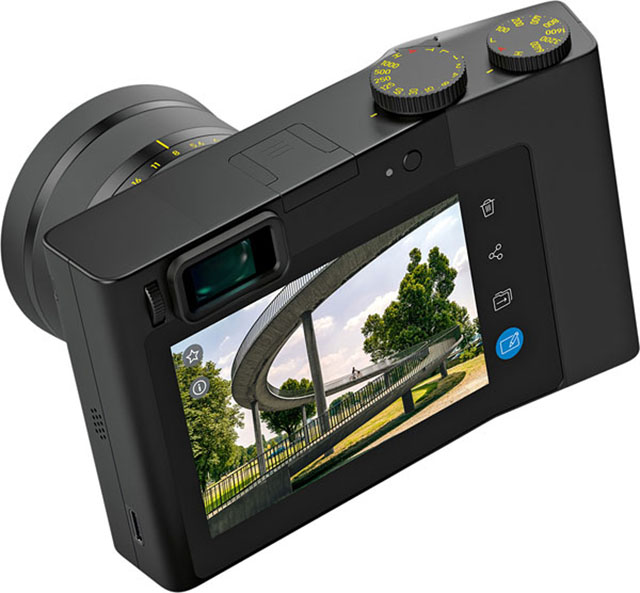
Additional features include 4K/30p video, USB-C, a Sigma-compatible hot shoe, and built-in Wi-Fi and Bluetooth. Thanks to firmware updates following launch, the ZX1 received newer versions of Lightroom CC, face-detection autofocus, full-resolution raw rendering with 100% view, support for a Zeiss ZX1 companion app, better battery efficiency, and more.
I was never going to buy a Zeiss ZX1. It's not that I have anything against a full-frame camera with a fixed lens – I frequently hope for Sony to release an RX1R Mark III, as my colleague William Brawley can attest. But $6,000? That's too much. Way too much.
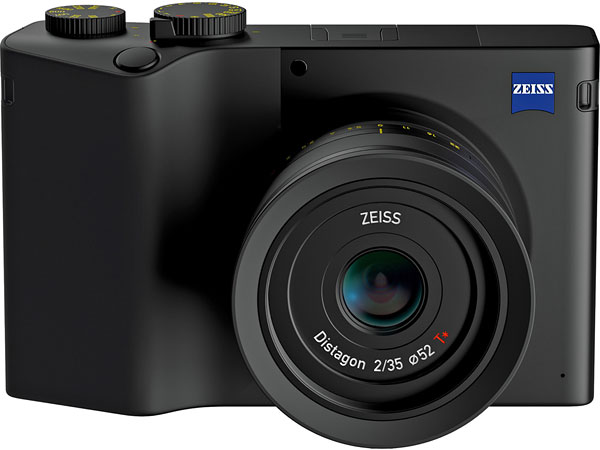
However, for that high asking price, the ZX1 delivered something rare in our industry – something unique. While the most popular mirrorless cameras of the last few years differ from each other in terms of specs and performance, and to an extent with their designs, you use most cameras in the same way. They do roughly the same things, even if some are better. On the other hand, the ZX1 is (or "was") different in a special way.
It's a shame that Zeiss didn't find its full-frame footing with the ZX1. I will hold out hope for a Zeiss ZX2, but much like with a Sony RX1R III, I suspect it'll be a very long wait. Let's not call it a "goodbye," Zeiss. Let's go with "Until we meet again."